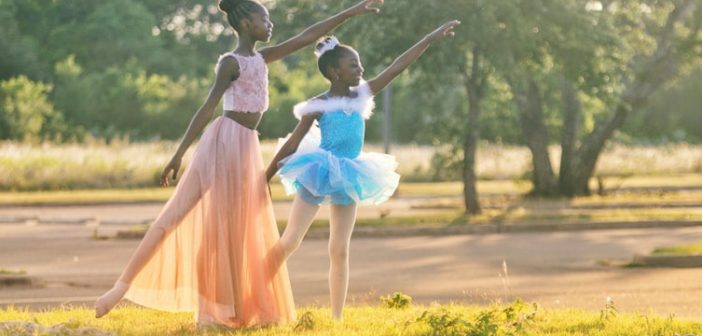By Damion Drackett, Contributing Writer
Dance is an art form that utilizes its platform to tell stories through the rhythmic movement of the human body. Dance has evolved over the years in many communities, including the African American community, which has contributed greatly to the history of dance.
“When I dance everything just looks better,” said Angelica Molina Arboleda, a freshman studying global studies with a minor in world politics. “My worries and concerns fade away. It makes my soul loose within every beat.”
Dance has made an impact on many young minds, as it is a way of expression for many children, adolescents, and even adults going through tough times.
“Being a Black woman, dance has made me whole and means the world to me,” said Timiah Forbes, who majors in hospitality management. “Since I was 3 years old, it has been my most powerful and expressive outlet, along with stress reliever. It also makes me feel free to be comfortable in my skin and extremely confident.”
Dance in the African American community has come a long way. There was a time when many Black individuals were not able to be a part of specific genre of dances. This is where the history of dance has been so significant, coming from a time where many were not allowed to perform to everyone being able to perform, no matter the race.
Many years ago, dance was said to be founded in the Indian community, starting with belly and cultural dances. From these dances stemmed more cultural dances such as West African, social, and folk dances that were brought to life through folklore stories, such as the Spider Man Anansi stories that involved unrealistic animal characters.
Before diving into the more modern history of the African American culture of dance, there was also a time where it was only the slaves by themselves, moving to the rhythm of their beats and practicing their culture and faith.
These dances were not as known to many people, but over the years it started to become big in American history, when dancers like Michael Jackson and Misty Copeland started to dominate the dance platforms.
There were also companies that initiated the African American history of contemporary dancing, such as Whitey’s Lindy Hoppers and the Dance Theatre of Harlem.
“Dance companies have been rich in innovations, as well as connections with the past, bringing the light to legacy in America,” said the African American Registry.
These companies used dance as their way to communicate and tell the story of what has been going on in society and in America.
“There have been many African American dancers that have passed away but left a living legacy,” said Chelsea Thomas of Dance Informa.
These dancers made it clear to society that they had a voice by creating different stories from the days of slavery to triumph.
Some of these dancers include Josephine Baker, Janet Collins, Pearl Primus, and many more. These dancers performed in many historical minstrels shows—popular American entertainment in the 19th Century—as well as New York’s acclaimed Radio City Music Halls and even in many classical American ballets shows.
Dancers like Collins went down in history—Collins was the first African American and Black ballerina to be a part of the Metropolitan Opera.
Baker performed among the best in Paris and was known for her ‘un vent de folie’ dance, a dance of opera which incorporating costumes using strings of artificial bananas and represents a strong symbol of French and Parisian Life. Baker made an impact in Paris as an American dancer and created more opportunities for dancers to perform internationally.
These stamps on American history have made it clear that African Americans made an impact in their society and created a path for the younger generations to adapt and feel proud of.
African American culture has paved the way for where dance is at right now and has done so much in the United States of America.





